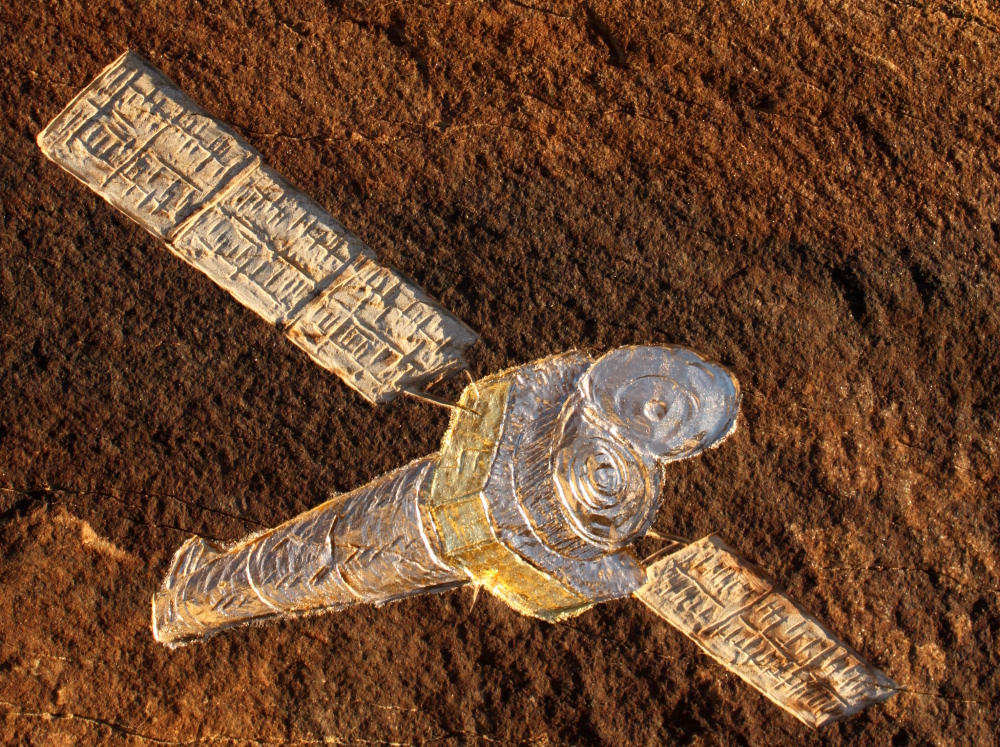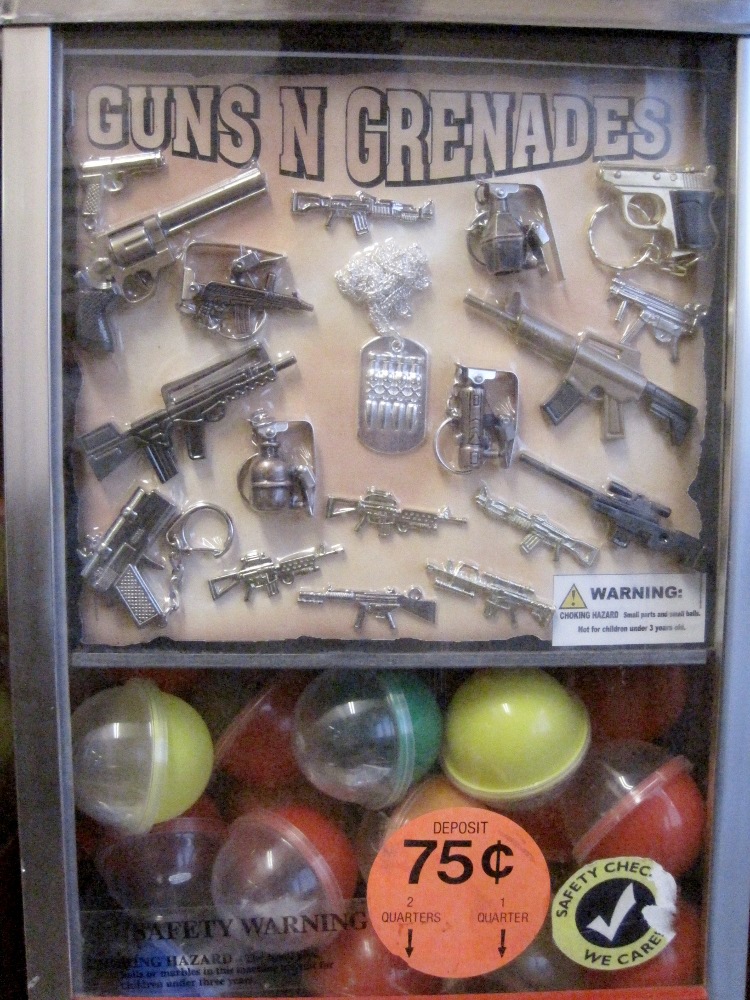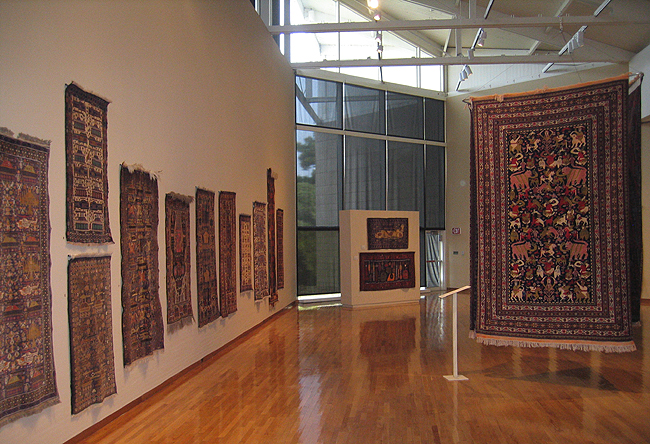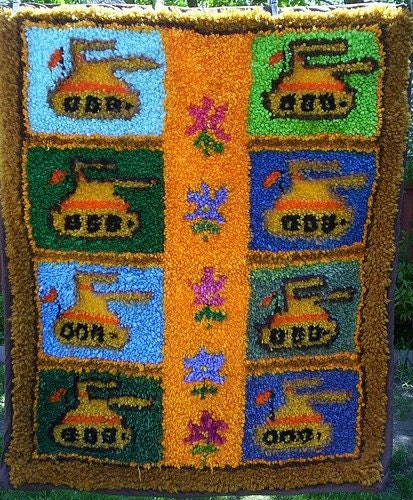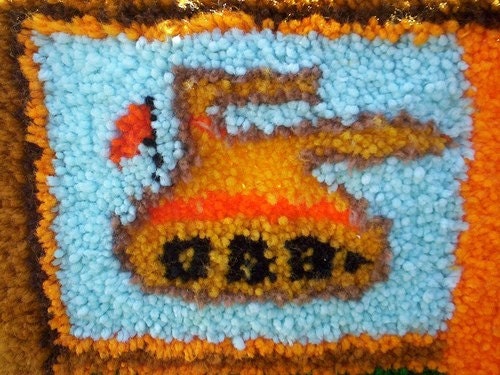One of the most confounding rug terms for people to understand is “warp depression.” Each pile knot is tied around two warp threads forming two “nodes” seen from the back of the rug. The two warp threads may sit in a variety of angles relative to one another. The example shown below has moderate warp depression, what we call “corduroy” in war rug descriptions.
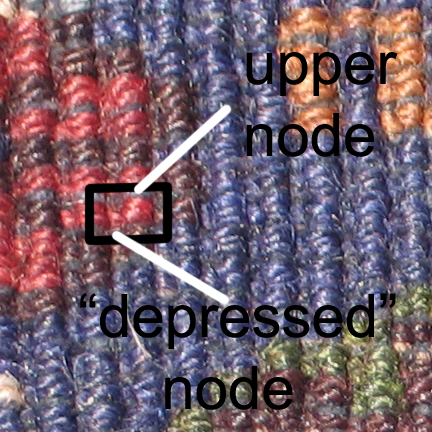
The obvious dark lines running vertically through the photo are the shadow cast by the outer edge of the upper node. A single knot is outlined in a black rectangle.
When counting knots one counts the nodes on the back. When the warps are on the same plane, not depressed, one counts every other node (because each knot makes two nodes, one around each warp to which the knot is tied). When warps are fully depressed, one counts each visible node as one knot because the other node is depressed out of view. Dealers talk about “double knotted” rugs which is fancy way of saying full warp depression.
The key to tell if warps are depressed, and get an accurate knot count, is look at the face of a rug and find a vertical line made of single column of knots. Next look at that line on the back and see how nodes are arranged. If there is only one visible node the warps are fully depressed. If there are two nodes visible and they are on one plane the warps are not depressed at all.
Here is a WTC rug with full warp depression
Here is a Baluchi rug with minimal warp depression.

